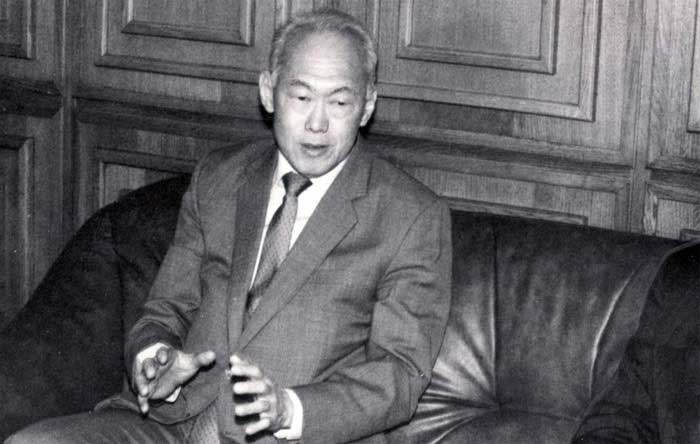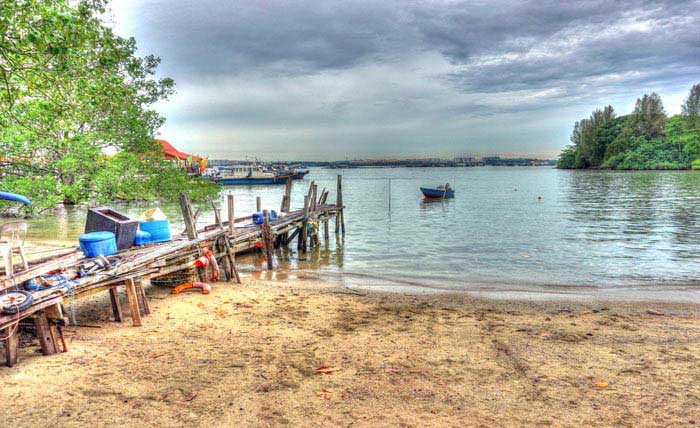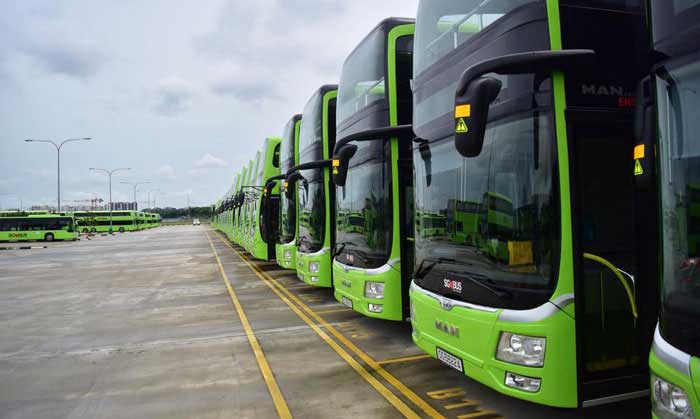Like many of the growing kids, following the church teachings and laws is a norm, a way of life for all the kids in the neighboring. The kid will follow the parents and guardians to the church proceedings and will even at times be involved in church activities at their own call. The trend continues until the kid has grown up and has moved to the world, and starts to question the eligibility and authenticity to question the religious faith that has of the time been inculcated into his system.
It becomes even harder to contemplate, when the actions and orientation that the kids pick from the world are not the teachings they attained in church. Some turn into gays, others lesbians while others basically walk out of the church. We are not being judges here , rather trying to benchmark the extent to which the people and most often the young are being exposed to and ends up turning away from the teachings of Christianity, Muslim and all the many other faiths.
It brings much perspective into the nature of the so called Christians who lead a double standard life. These are the people that know the clear red line between what is accepted as right and what makes it a wrong. There are those that despite the orientation of sexuality of a person, they are still part of the church. Not all but some.
Being optimistic of standing out as being different may not last long. As people will from time to time question the reasons behind the move you made. Feeling left out or sidelined from the affairs that you are being involved are some of the predicaments that are likely to occur unto such a person. Being normal to Christians is having all qualities that can one can relate and point out from the bible. Being gay, according to the bible is not normal, it is as a result of wildly influence.
When such people decide to come out and declare their stand on some issues contradicting with the church values, chances are high that even the government authorities will come in and start probing them for other offences that they think they might have committed for the time that they had served.
There is an organization in Singapore that seeks to amend, cater and fight for the rights of recognition as being non-religious. It is a registered organization and members seek to register more when they create awareness of their existence to further their interests. At the moment, there are two such organizations, representing both the gays and those that are lesbians.
It is very alarming that most of the young people in Singapore are also taking deep roots into the gospel of a non-believer. People aged at below 15 years of age are also having a stand that they don't have the faith in the existence of God. This is probably due to the radicalization by the pioneer members of the sect.
Each day, each week and each month there are people that continually come out in the public limelight to declare their paganisms. There are those people that were raised in religion based homes and later left those believes to be non-believers. While for others, there were already communities in Singapore that had been pagans since time in memorial, they were therefore raising a generation of people that had no standards , morals and believes in any of the believers religions per say. These communities were very strict as there were consequences of not doing what was required for them, they were punished severely. To the worst of things some of the non-believers have at one point attempted suicide as a means to find refuge in being them.
In Singapore, we start with the irrefutable proposition that the alternative to multi-racialism… is genocide in varying degrees. – Mr S. Rajaratnam, then Minister for Culture (1959–1965)
Singapore culture strives to be unbias to any or no religion. All people are equal before the law regardless of race, language or religion or non religion. Today, despite differences in ethnicity, religion and culture, people in Singapore live together as one united people.




